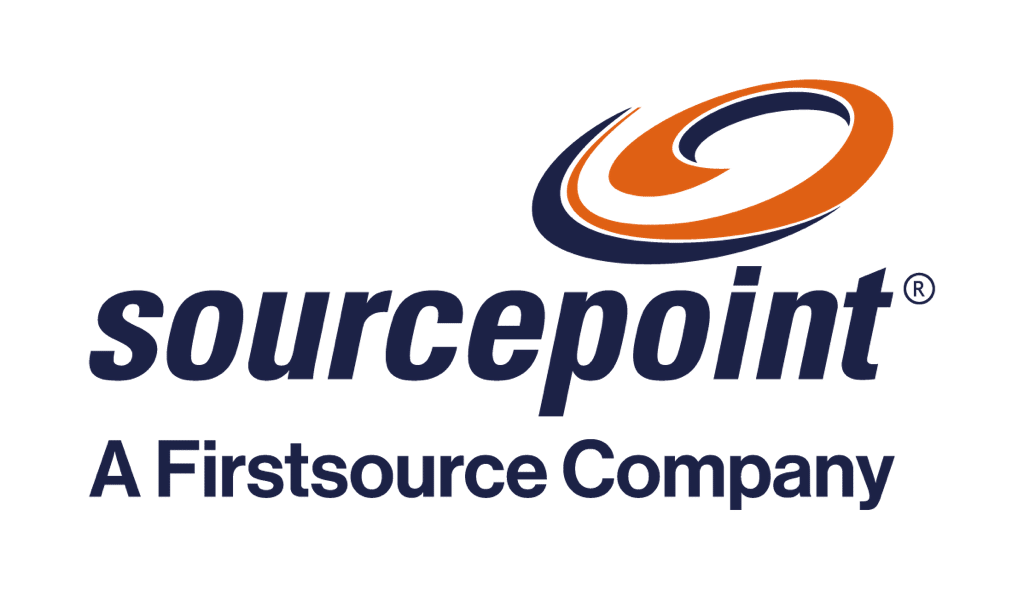Mortgage lenders are in a tight spot.
Rates are sticky. Volumes are unpredictable. Borrower expectations are high—and getting higher. The market response has been swift: lenders are waiving fees, expanding credit boxes, revisiting buy-down strategies, and offering new programs aimed at pulling more borrowers into the funnel.
But here’s the hard truth: front-end incentives only take you so far. Lowering borrower costs isn’t just a pricing exercise, it’s an operational one. You can’t compete on cost at the front if the back end is still bloated, slow, and manual. And you can’t scale volume if your infrastructure isn’t built to flex with it.
That’s where we see the most forward-looking leaders focusing their energy right now. They’re not just tweaking pricing models—they’re rebuilding delivery engines. They’re asking better questions. What would it look like if exceptions didn’t slow us down? What if clean files were the default, not the exception? How do we say yes to new programs without blowing up our cost-per-loan?
This is the real work. And it’s what our clients are doing right now.
We’ve Reached the Limits of Front-End Optimization
There’s no question that fee reductions, product overlays, and new channel offerings play a role in regaining volume. They’re necessary moves. But they also increase complexity. Every new path—from non-QM expansion to correspondent partnerships—adds new investor conditions, data risks, and delivery dependencies.
And if the systems supporting those products aren’t ready for that complexity, what starts as innovation becomes a drag.
This matters more than ever in a market poised for growth. According to the Mortgage Bankers Association, total mortgage originations are expected to reach $2.3 trillion in 2025, up from $1.79 trillion in 2024. Notably, purchase originations are forecasted at $1.46 trillion—an increase of 13% year over year.
That’s why the conversation is shifting. It’s no longer about “How can we price more competitively?” It’s about “How can we operate more intelligently?” Because operating intelligently is the only way to make competitive pricing sustainable.
At Sourcepoint, that’s where we come in. And it’s why we’re launching our latest Surge campaign—because cost reduction isn’t a one-time initiative. It’s a structural capability. And it’s how lenders are going to grow in 2025 and beyond.
Cost Control Isn’t a Line Item—It’s a Mindset
We work with originators, servicers, and secondary market participants who are rethinking their operational models. These are leaders who’ve realized that margin isn’t just about rate—it’s about how you deliver.
They’re building leaner, smarter pipelines, backed by mortgage-specific automation and global delivery that flexes with demand.
They’re not afraid to push on old assumptions. For example, why treat QC like a downstream process when you can build it into the workflow? Why treat every exception the same when your investors don’t? Why throw more bodies at a volume spike when nearshore capacity can onboard in days?
This is where meaningful cost reduction happens—not by cutting corners, but by designing operations that don’t need them in the first place.
Smarter Execution, Not Just Cheaper Labor
There’s a temptation to think of operational efficiency as a staffing decision. But in our experience, the biggest returns don’t come from outsourcing, they come from orchestration.
Yes, our clients see up to 50 percent cost-per-loan savings from nearshore and offshore delivery. But that’s only part of the story. The bigger story is how those teams are integrated—how they work with exception logic, automated triggers, and AI models trained specifically on mortgage scenarios.
We’re not just removing cost. We’re removing noise. Redundant checks. Manual handoffs. Unstructured feedback loops. All of the hidden friction that drives up your per-loan expense and slows delivery to investors.
When we talk about “buyback-proof, deadline-ready” execution, this is what we mean. It’s not a promise, it’s a process. And it works.
The Technology Has Finally Caught Up
For years, lenders and servicers have tried to solve cost issues with tech that wasn’t built for their world. Generic bots. Horizontal AI. Tools that look smart in theory but fail under mortgage-specific complexity.
That’s changed.
Our large language models are trained specifically on mortgage file structures, document types, investor conditions, and compliance exceptions. They don’t just accelerate review, they do it with relevance. They know what an FHA loan requires. They understand what a repurchase trigger looks like. They flag issues before a human reviewer even opens the file.
That’s how our clients are reducing audit cycles by 60 percent—without increasing headcount or compromising quality.
Scale Shouldn’t Come at the Cost of Control
The lenders we work with want more than speed—they want control. They want visibility into what’s working and where risk is creeping in. They want to expand programs and channels without creating parallel workflows that bog down operations.
Average 30-year mortgage rates have fallen to 6.61%, the lowest since October 2024, spurring refinancing and purchase activity. That momentum makes scalable operations not just helpful—but mission-critical.
That’s exactly what we’re helping organizations build.
Whether it’s a retail, wholesale, or consumer direct model, we create centralized infrastructure that supports multiple business lines through a single workflow spine. No silos. No duplication. Just fast, clean, compliant delivery that flexes as your business does.
And that’s what real scalability looks like.
Growth Will Belong to the Operationally Ready
As the market continues to stabilize, lenders are going to see opportunities to grow again. But only those with the right infrastructure will be ready to take advantage of it.
These opportunities won’t just stem from operational excellence—they’ll also be shaped by how lenders interpret broader macroeconomic signals like interest rate movements, homebuyer sentiment, and inventory trends.
The winners won’t be the cheapest. They’ll be the fastest, the cleanest, and the most flexible. They’ll be the ones who invested in operating models that don’t just keep up—but get ahead.
At Sourcepoint, that’s our focus. We help mortgage businesses grow confidently by giving them the infrastructure to support it.
Because in this market, growth without control is just risk. And we’re here to help you grow—without the risk.
If you’re looking for more trends on operational readiness, email me at John.Sarris@Firstsource.com









